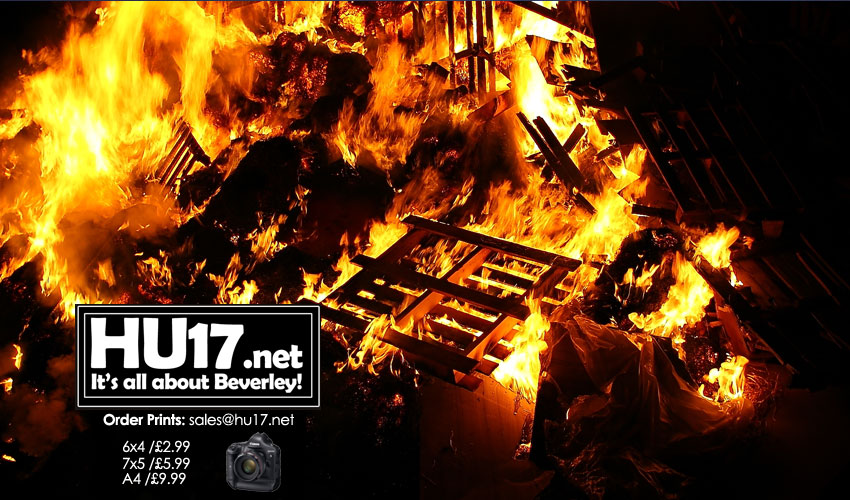
Laboratories are environments where the handling of chemicals and conducting experiments inherently present significant fire risks. Effective fire safety management in laboratories is crucial to protect personnel, research, and equipment. This article explores the essential strategies for managing chemical risks to enhance fire safety in laboratory settings.
Understanding Chemical Risks
Laboratories often contain a variety of chemicals, each with its own set of hazards. These can include flammable liquids, reactive substances, toxic materials, and combustible dust. Understanding the specific risks associated with each chemical is the first step in managing fire safety. Key aspects to consider are:
- Flammability: Chemicals with low flash points can easily ignite and should be handled with utmost care.
- Reactivity: Some chemicals can react violently when exposed to air, water, or other substances, leading to fires or explosions.
- Toxicity: In case of a fire, toxic chemicals can release harmful fumes, posing additional risks to human health.
Proper Storage Solutions
Effective storage of chemicals is critical in preventing fires. Key practices include:
- Segregation: Store chemicals according to their hazard classifications. Flammable substances should be stored separately from reactive and oxidising agents to prevent dangerous reactions.
- Ventilated Cabinets: Use specially designed, ventilated cabinets for storing flammable and volatile chemicals. These cabinets help contain vapours and reduce the risk of ignition.
- Labeling and Organisation: Clearly label all chemical containers with their contents and hazard symbols. Organise chemicals systematically to ensure easy access and reduce handling risks.
Implementing Fire Safety Measures
Several fire safety measures should be in place to manage the risks associated with chemicals in laboratories:
- Fire Detection and Suppression Systems: Install fire detection systems such as smoke and heat detectors. Laboratories should also be equipped with appropriate fire suppression systems, like sprinklers or gas-based extinguishing systems, tailored to the types of chemicals present.
- Fire Extinguishers: Provide fire extinguishers suitable for chemical fires (Class B and Class D extinguishers) and ensure they are easily accessible. Train all laboratory personnel on their correct use. If you need to transport chemicals, you should look into car fire extinguishers at seton.co.uk to ensure you have the right equipment available in the right place.
- Emergency Showers and Eyewash Stations: These are essential for quickly decontaminating individuals exposed to hazardous chemicals, reducing the risk of injury during a fire incident.
Safe Handling Practices
Handling chemicals safely is crucial in preventing fire incidents. Key practices include:
- Personal Protective Equipment (PPE): Ensure all personnel wear appropriate PPE, such as lab coats, gloves, goggles, and face shields, to protect against chemical splashes and fire.
- Proper Procedures: Implement standard operating procedures (SOPs) for the safe handling and disposal of chemicals. This includes guidelines for mixing, transferring, and disposing of hazardous substances.
- Spill Management: Prepare for chemical spills by having spill kits readily available. Train staff on the correct procedures for containing and cleaning up spills to prevent fires.
Training and Awareness
Continuous training and awareness are vital for maintaining fire safety in laboratories:
- Regular Training: Conduct regular fire safety training sessions for all laboratory personnel. This should cover the correct use of PPE, emergency procedures, and the safe handling of chemicals.
- Fire Drills: Perform regular fire drills to ensure everyone knows the evacuation routes and procedures in case of a fire.
- Safety Data Sheets (SDS): Ensure that safety data sheets for all chemicals are readily accessible. These sheets provide crucial information on the properties of chemicals, their hazards, and emergency response measures.
Maintenance and Inspection
Regular maintenance and inspection of laboratory equipment and safety systems are essential:
- Equipment Checks: Regularly inspect and maintain laboratory equipment to ensure it is in good working condition and not posing any fire risks.
- Safety Audits: Conduct periodic safety audits to identify potential hazards and ensure compliance with fire safety regulations.
- Ventilation Systems: Ensure that ventilation systems are functioning correctly to prevent the buildup of flammable vapours.
Conclusion
Managing chemical risks is a fundamental aspect of fire safety in laboratories. By understanding chemical hazards, implementing proper storage and handling practices, equipping laboratories with appropriate fire safety measures, and ensuring continuous training and maintenance, laboratories can significantly reduce the risk of fire incidents. A proactive and comprehensive approach to fire safety not only protects lives and property but also supports the integrity and progress of scientific research.


